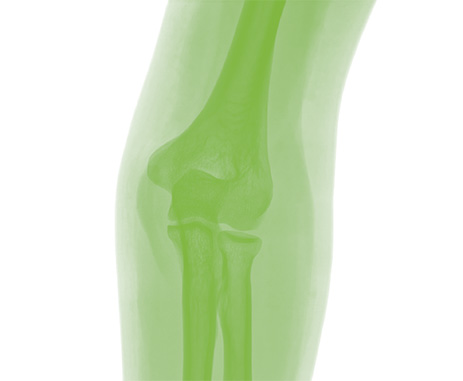About Bone Metastases
What are Bone Metastases?
When cancer spreads from the part of the body where it started to other parts of the body, we say that it has metastasized. The secondary tumors are called metastases.
Bone is the third most common location for metastases, after lung and liver. Prostate, breast, and lung cancers tend to form metastatic tumors within bone. The bone metastases (often called “bone mets”) can happen anywhere in the body but are mostly found in bones near the center of the body such as spine, pelvis (hips), ribs, skull and long bones of the leg.
Pain is the most common symptom of bone metastases. Over 70% of patients with bone mets suffer from significant pain.
Symptoms
Bone tumors may have no symptoms, however if symptoms are experienced, they may include:
- Bone pain which may be severe or a dull ache
- Bone fractures
- Urinary incontinence
- Weakness in the legs or arms
- High levels of calcium in the blood, which can cause nausea, vomiting, constipation and confusion

Symptoms
The primary symptoms associated with bone metastases include:
- Pain in the area of the tumor
- Pain that’s often felt as dull or achy
- Pain that may get worse with activity
- Pain that often wakes patients in the middle of night
- Bones that are weakened by a tumor may be more easily broken.
This may then cause severe pain - Fevers
- Night sweats
- Unusual swelling around a bone
- Limping


